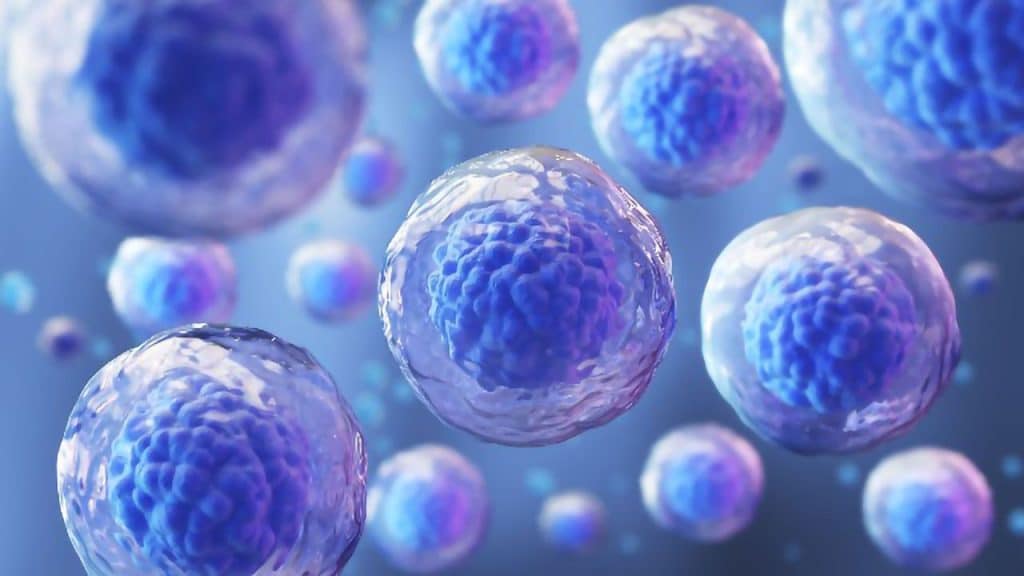Stem cells are often talked about as the future of medicine. The potential of regenerative therapies could be almost limitless, but there are also some problems getting it off the ground. If we want to treat countless currently untreatable diseases and improve human longevity, there are several problems that need to be solved. Some of these problems are specific to the type of stem cell.
You probably know that stem cells can change into other types of cells. They don’t have a specific purpose of their own, but they exist to grow, repair, regenerate or replace the cells that do: blood, muscles, organs, etc. As you can imagine, this is particularly important for an embryo that’s a long way from turning into a person. Embryonic stem cells are taken when the embryo is only a few days old.
Cells taken from an embryo are pluripotent, meaning they’re particularly versatile. Every other type of cell in the body can originate as an embryonic stem cell. They can also make new stem cells. There are some big ethical questions raised by using stem cells from human embryos, and that can limit when and where they’re used.
Luckily, adults have stem cells, too; what are known as adult stem cells are found in adults and children. They tend to accumulate in specific parts of the body, perhaps most notably in the bone marrow. These are the stem cells used for treating leukemia and other cancers in the blood or bone.
The reason bone marrow stem cells are only used for specific cancers is that these stem cells are not pluripotent like embryonic stem cells. You can’t just turn them into any kind of cell. Until recently, it was thought they could only develop into blood cells. Scientists are starting to think that adult stem cells may be more flexible than originally thought, but they’re still much more limited than embryonic stem cells, meaning they can only treat very specific diseases.
Scientists have also tried experimenting with turning adult stem cells into embryonic stem cells. The research is moving in the right direction, but we’re still a long way from curing type 1 diabetes or Parkinson’s or any of the other degenerative diseases that it’s hoped stem cells will one day treat. Hopefully, we can continue to make progress.




